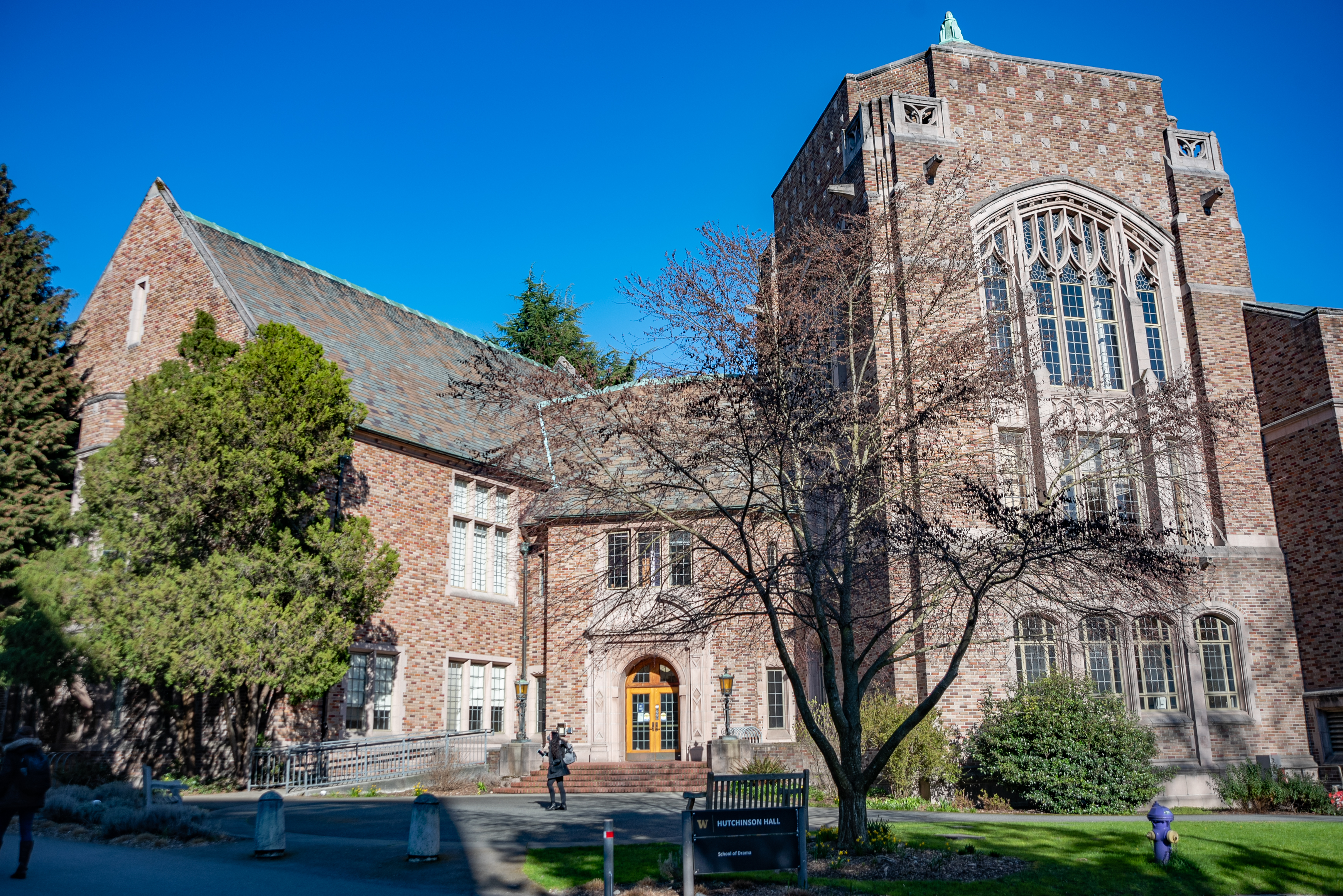.
Georges Méliès is perhaps most widely known for “A Trip to the Moon,” his pioneering movie extravaganza from 1902, crammed to bursting with special effects. But first he was a theater maker, specializing in magic and illusion, with a repertoire of tricks and techniques readily applicable to the new art form. He may also have been the first theater practitioner to use projected film for a stage show, commissioned by the Folies-Bergère in 1904, within a decade of the birth of cinema.
But film was cumbersome and expensive, and appeared in stage shows infrequently over the coming decades, mostly in the work of the theater avant-garde.
Slide projectors offered a practical, though more limited, alternative. Only with the introduction of affordable, portable video cameras in the late 1960s did such disembodied electronic imagery see sustained use in cutting-edge performance; with the introduction of video projectors in the early ‘90s the technology was finally ready for wider application. Since then projected and other forms of digital imagery have become routine in contemporary performance practice, as projectors and large LED screens have become brighter and more responsive, and programming apps allow for the ease of control theatrical lighting has long enjoyed, sometimes incorporating computer-generated imagery created in real time, in direct response to the movement of the performers. But the ghost of Méliès is never far away: projections now bring a level of the fantastic to stage shows that he would have exulted.
This studio design class is an introduction to some of the attributes, uses, and technology of projections in performance practices today, from theater and dance, to live music and sports events, to stand-alone environmental installations and spectacles. In addition to examining some of these applications, students will design and create a series of projections of their own, using basic computer programs like Photoshop, After Effects, and Q-Lab to explore the three theatrical modes of projections: as lighting; as set; and as discourse, a directorial intervention into the meaning of the event.
But the tools & the images you produce with them are of no use unless they serve the dramatic content of the event they are a part of. Analysis of the dramatic text and the careful development of a productive concept is what structures & focuses our designs. Spectacle alone is meaningless.
Structure
The class is divided into three units, focusing on each of the three modes of projection in sequence, with an exercise project exploring the expressive potential of each:
- Projection as Lighting: tone, color, texture, shape & atmospheric movement.
Creating original imagery either by hand or on a computer, students will combine two or more static images in a video editing program to effect a transition between two distinct moods or atmospheres, then transform the images further to simulate movement through space.
3 weeks, 20% of grade
Designs for Units 2 and 3 will be for your selected scene from Frank Wedekind's 1892 play, Spring Awakening (Jonathan Franzen's translation).
- Projection as Scenery: form, “place,” changing conditions in a physical world.
Using more representational images, students will investigate the depiction of plausible physical spaces as theatrical scenery, and projection's ability to effect a transition.
3 weeks, 30% of grade
- Projection as Discourse, Extended Content:
- supplementary information (subtitles, etc.)
- transitions, transformative scene changes
- alternative dramatic vehicles (for example, closer views of performers or alternate, offstage spaces)
- overt commentary: parallel, discursive, disruptive or contrary material
4 weeks, 40% of grade
- In addition to these design projects, students, singly or in collaborative pairs, will research, plan, and deliver periodic presentations on prominent stage and projections designers and artists, emerging technologies, or on specific productions.
10% of grade
- Each student will also be assigned to provide online feedback to 3 classmate's project submissions, assigned randomly after each critique session.
The more practical, technical concerns of design will be distributed throughout the units:
- Conceptual and structural considerations:
- Role of projections in production concept (lighting, set, discursive, live)
- Incorporation of projection cues into larger design
- Extension of set and lighting or independent?
- Position, scale, number of projection surfaces
- Nature of projection surface
- Texture, color, structural features
- Translucent? (scrim or rear screen projection)
- Coordinated or contrasting?
- Color, shape, pattern
- Cues
- How many?
- Long cues vs. short ones
- Superimposed? Masked?
- Intermittent or continuous—how do they come & go?
- Transitions
- Live material? Video or computer feeds
- How many?
- Image creation.
- Image acquisition and formatting:
- Appropriated (Internet, print)
- Copyright
- Original—photographic, video, or handmade
- LIVE video
- Appropriated (Internet, print)
- Relevant design technologies:
- Motion graphics
- Video editing
- 3D modeling and animation
- Cueing programs
- Projectors and LED screens
